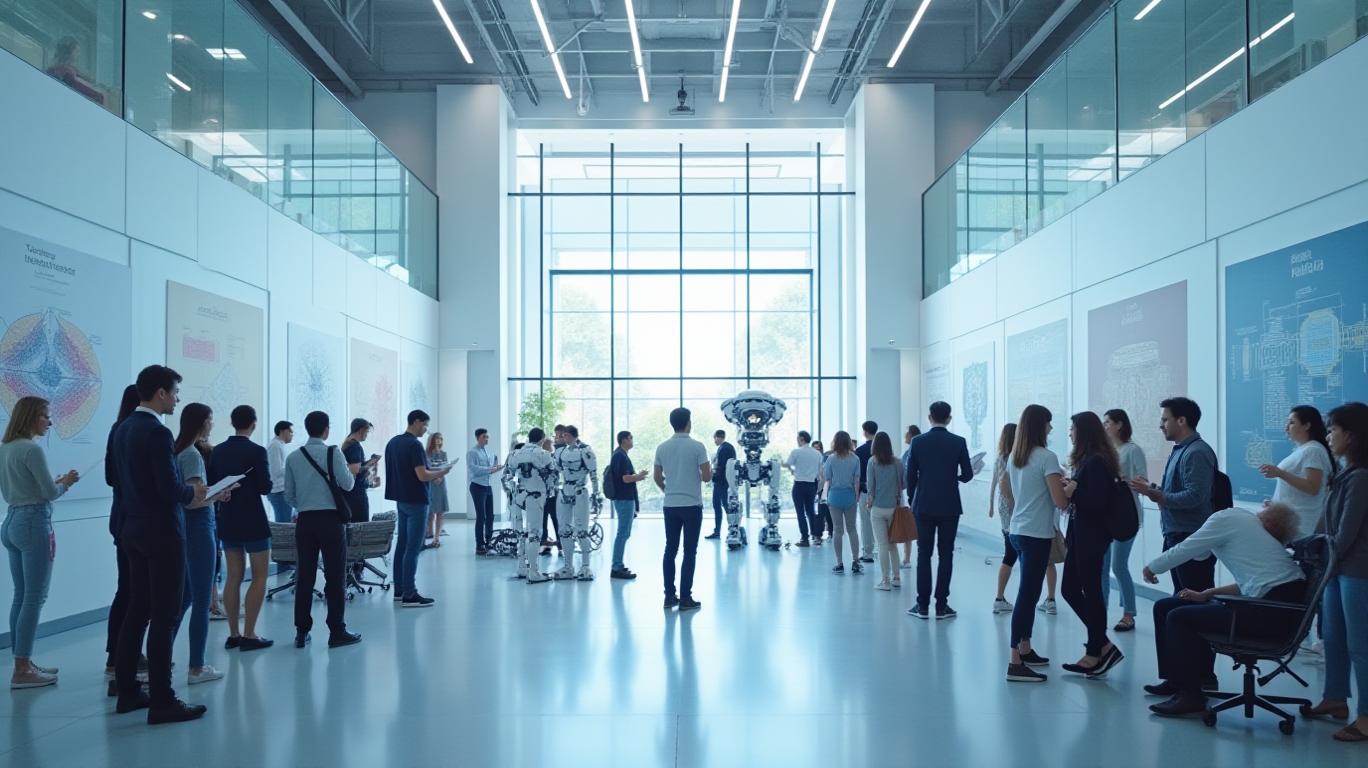Apple's AI Struggles Signal Eroding Tech Leadership—Why Investors Should Reconsider Exposure
Apple’s once-unassailable tech dominance is fraying at the edges, and its recent AI missteps reveal a company struggling to adapt to a world where generative AI and robotics are reshaping consumer expectations. A series of organizational misfires, delayed product launches, and competitive setbacks now pose existential risks to its growth trajectory—and investors should take note.

The Centralization Failure: Apple’s AI Experiment Collapses
Apple’s AI strategy has been a textbook case of “reorg theater” over the past seven years. In 2018, it centralized its AI efforts under John Giannandrea, a Google veteran, in a bid to rival Amazon’s Alexa and Google Assistant. But this top-down approach failed spectacularly. By 2025, internal engineers were privately mocking the AI team as “AI/MLess,” citing missed deadlines for foundational features like multi-turn conversational Siri and on-device generative capabilities.
The fallout? A 10% stock plunge in March 2025 when
admitted its Siri 2.0 overhaul would slip to 2026. The delayed AI assistant, now tied to iOS 19, faces reliability hurdles, with internal tests showing features like contextual awareness work only 66–80% of the time—far below Apple’s exacting standards.
Apple’s stagnant share price contrasts with rivals leveraging AI advancements to drive growth.
Decentralization and Fragmentation: A New Kind of Chaos
Apple’s latest move—dismantling Giannandrea’s team and scattering AI responsibilities into its software, hardware, and services divisions—has only deepened fragmentation. Siri now reports to Craig Federighi’s software team, while robotics shifted to John Ternus’s hardware division. This “functional siloing” risks stifling cross-disciplinary innovation critical for AI-driven products like AR glasses or consumer robots.
Consider Apple’s N50 AR glasses, now delayed until 2026 at the earliest. Competitors like Meta’s $1,000 smart glasses, launched in late 2024, already offer contextual awareness and AI-powered environmental scanning. Apple’s hardware-centric approach, while leveraging its engineering prowess, lacks the agile AI infrastructure needed to compete.
The Product Pipeline Crisis
Apple’s AI struggles directly threaten its core product lines:
1. iPhone/iPad Margins: With AI increasingly embedded in rivals’ flagship devices (e.g., Samsung’s Bixby 4.0), Apple risks losing premium buyers seeking cutting-edge features.
2. Vision Pro’s Underperformance: Sales fell 40% in Q2 2025 as the headset lacks AI-powered contextual awareness—a gap competitors are exploiting.
3. Robotics Lag: Apple’s tabletop robot, now under hardware chief Ternus, faces delays as it struggles to integrate Giannandrea’s foundational models.
iPhone sales growth has stalled, raising concerns about declining innovation appeal.
Why Rivals Are Winning the AI Race
Meta and Alphabet are outpacing Apple by prioritizing centralized AI teams and cloud-based models. Meta’s Project Aria glasses, for example, use cloud AI to process real-time environmental data, a capability Apple’s privacy-first ethos prohibits. Google’s Gemini-powered Assistant now supports multi-step voice commands—a feature Apple’s on-device LLMs still can’t reliably deliver.
The Bottom Line: Time to Reduce Exposure
Apple’s structural AI struggles are no longer just a blip—they signal a deeper inability to adapt to the AI-driven future. With legal risks (a class-action lawsuit over Siri’s false advertising), eroding margins, and competitive gaps widening, investors should reassess their exposure.
While Apple’s ecosystem lock-in remains a bulwark, the writing is on the wall: its reliance on incremental iPhone upgrades and functional silos can’t match rivals’ AI-first strategies. For growth-minded investors, it’s time to pivot to companies unburdened by legacy structures and better positioned to capture the $300B AI hardware market.
Apple’s R&D investments lag behind rivals, raising questions about innovation investment priorities.
Action Item: Consider trimming Apple stock exposure and reallocating capital to AI leaders like NVIDIA (NVDA) or cloud AI specialists like Anthropic, whose models are now powering Apple’s own internal tools—a tacit admission of its in-house shortcomings.
Apple’s glory days as an innovation titan are fading. The AI era is here, and its structural flaws are now a red flag for long-term investors.

Comments
No comments yet